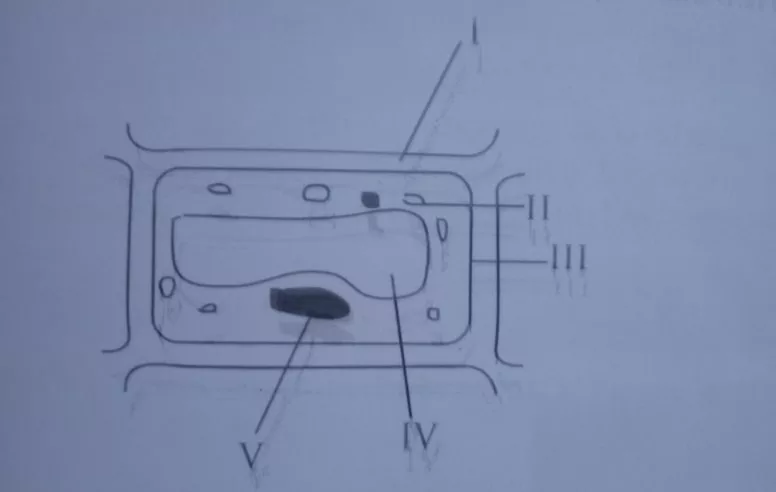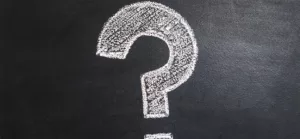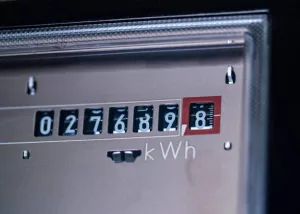Integrated Science Questions by Topic | Cells, rocks, air movement, nitrogen cycle and skeletal system

Integrated science questions by topic
Integrated Science Questions by Topic | Cells, rocks, air movement, nitrogen cycle and skeletal system
Integrated science questions by topic: These questions are collated after every topic that teachers handle in class. Both teachers and learners can use to prepare very well for any examination.
Unit: Cell
Part 1: Objectives
Integrated science questions by topic
1. Which of the following structure do all cells possess
a. Nucleus b. Cell wall c. large vacuole d. Centrioles
2. The organelles responsible for respiration is the
a. endoplasmic reticulum b. mitochondria c. plasma membrane d. ribosomes
3. Which of the following components of the cell can be found in the plant cell only
a. cell membrane b. cell wall c. cytoplasm d. ribosomes
Part 2: Written
Integrated science questions by topic
4. a. Briefly define the following terms
i. cell ii. specialized cells iii. multicellular organisms iv. Eukaryotic organisms v. organelle
b. Lis in the correct order, the basic levels of organization in a multicellular organism
5. a. Draw a well labeled diagram of i. a plant cell ii. an animal cell iii. list the functions of the labeled parts
b. In a tabular form, give four differences between a plant and an animal cell
6. a. State a function of each of the following organelles
i. mitochondria ii. chloroplast iii. nucleus iv. endoplasmic reticulum vi. vacuole
Study the diagram below carefully and use it to answer the questions that follow
7. Name the parts labelled I to IV
8. Which of the organelles labelled, traps sunlight for photosynthesis
9. What is the function of the organelle labelled IV
10. Which of the labelled organelles are not found in animal cells
Unit: Rocks
Part 1: Objectives
Integrated science questions by topic
1. Which of the following is true about rocks
a. rocks are composed of only one mineral
b. rocks do not contain minerals
c. coal is not considered a rock
d. most rocks are a mixture of mineral
2. Which of the following is not one of the three types of rock
a. igneous b. sedimentary c. magma d. metamorphic
3. Metamorphic rock is formed as a result of
a. heat and pressure b. the cooling of magma . compaction of sediments d. the melting of rock
4. A rock that forms when magma hardens beneath the earth’s surface is called an
a. intrusive metamorphic rock b. intrusive igneous rock c. extrusive sedimentary rock d. extrusive igneous rock
5. Fossils are found only in
a. intrusive igneous rock b. extrusive igneous rock c. sedimentary rock d. metamorphic rock
Part 2: Written
Integrated science questions by topic
6. a. Distinguish between igneous rocks and sedimentary rocks in terms of how they are formed
b. Explain the term ‘weathering of rocks’
c. State the three main types of weathering
d. Briefly explain each type of weathering
Unit: Air movement
Part 1: Objective
Integrated science questions by topic
1. Land breeze occurs during the a. night b. day c. both day and night d. dry season
2. All these factors determine the properties of air mass except
a. conditions present in the region from which the air mass is moving
b. changes air mass undergoes during the travel from its source region to its destination
c. the length of time that is spent during the travel
d. heavy rainfall which results in flooding, damaging crops and properties
3. The following are all warning signs of approaching storms except
a. dark cloud formation b. darkening of the sky
c. high temperature during the day d. lightning
Part 2: Written
4. mention two warning signs of approaching storms and two precautions to be taken to ensure safety
5. Explain why the sea breeze occurs during the day and the land breeze during the night
Unit: Nitrogen cycle
Part 1: Objective
1. How do nitrogen-fixing bacteria contribute to the nitrogen cycle
a. they return nitrogen to the soil b. they change ammonia to nitrate
c. they change nitrogen to ammonia d. they withdraw nitrate from the soil
2. In what form do plants absorb soil nitrogen
a. nitrite gas b. nitrate ion c. ammonia gas d. nitrogen gas
3. Which of the following processes is responsible for the release of nitrogen gas from the soil
a. leaching b. decomposition c. assimilation d. denitrification
4. Which of the following is denitrification bacteria
a. rhizomes b. planococcus c. nitrosomonas d. nitrobacter
Part 2: Written
5. Briefly describe the major processes involved in the nitrogen cycle
6. State 3 importance of the nitrogen cycle to plants and animals
7. Explain the following processes involved in the nitrogen cycle
a. nitrification b. denitrification c. nitrogen fixation d. ammonification
8. Describe four different roles played by bacteria in the nitrogen cycle
9. Briefly explain human influences on the nitrogen cycle
Integrated science questions by topic: Skeletal system
Part 1: Objectives
Integrated science questions by topic
1. Which bone protects the brain a. tibia b. the cranium c. the atlas d. the axis
2. Besides the brain, the skull also protects a. the lungs b. the diaphram c. the cell bodies d. the sense organs
3. What is a joint a. a hinge b. a ball and socket
c. the place where two bones meet d. the place where tendons are fastened together
Part 2: Written
Integrated science questions by topic
4. a. What is a skeleton
b. i. name the two major parts of the mammalian skeleton
ii. give two examples each of organisms that have each type of skeleton
5. Tendons are very important components of a joint. What is their function
6. a. i. what is a joint
ii. for each of the following joints, state the parts of the mammalian body where it can be found
n. ball and socket m. hinge joint o. gliding joint
7. a. Briefly explain the meaning of the following joints
i. movable joints ii. immovable joints
b. give two examples each of the joints named in (a) above
8. What type of joint is associated with the following parts of a mammal
i. elbow ii. hip iii. skull (cranium) iv. wrist v. knee vi. shoulder vii. ankle
9. Give three functions of the vertebral column
Post Disclaimer
The information contained in this post is for general information purposes only. The information is provided by Educative News and while we endeavour to keep the information up to date and correct, we make no representations or warranties of any kind, express or implied, about the completeness, accuracy, reliability, suitability or availability with respect to the website or the information, products, services, or related graphics contained on the post for any purpose.








